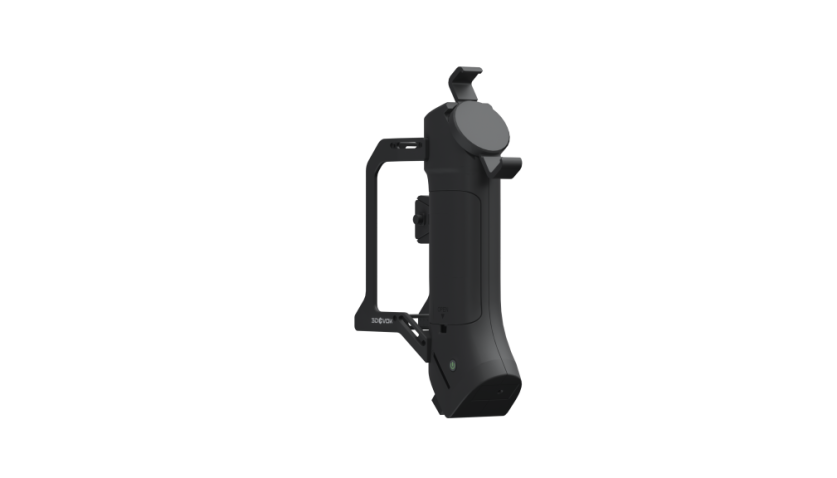Enhancing Customization Through Practical 3D Scanning Applications
04/17/25
As professionals in the digital transformation space, we understand that accurate data is the foundation of innovation. One of the most powerful ways to harness that data is through 3D scanning application in real-world modeling and customization. At the core of this process lies 3D model analysis, which enables businesses to turn raw scan data into usable, functional digital assets that serve a broad spectrum of industries.
From Scans to Solutions: The Role of 3D Model Analysis
Once we collect 3D scanned data using high-precision tools, we move into the model analysis phase. This involves cleaning, segmenting, and optimizing the data to form a complete digital representation of the physical subject. Whether it’s an object, a machine part, or a human limb, this process ensures the model is ready for downstream applications like simulation, reverse engineering, or manufacturing.
In many industries, such analysis is not merely a technical step but a vital business function. For instance, in the field of healthcare, we’ve worked with rehabilitation professionals to create customized prosthetics. By scanning the patient’s injured limb, we obtain detailed digital data that forms the foundation for a perfectly contoured prosthetic device. The result is improved fit, comfort, and functionality for the user.
Precision That Adapts to Industry Needs
The advantage of 3D scanning application lies in its flexibility. In the automotive sector, 3D model analysis helps streamline part design and quality control. Engineers can scan a component, compare it to the original CAD drawing, and identify even the smallest discrepancies. In the fashion industry, 3D body scans inform tailored garment production, reducing waste and increasing customer satisfaction.
Architecture, too, benefits from these technologies. When renovating historical buildings, we use 3D scanning to capture detailed structural layouts, then analyze the data to guide preservation strategies. Every sector has its own set of requirements, but the fundamental value remains the same: reliable data enables informed decision-making.
3DeVOK: Empowering the Process
To meet the growing demand for precision, we incorporate tools like 3DeVOK into our workflow. This professional-grade scanner allows us to capture data with speed and accuracy, significantly reducing the time required for post-processing. Thanks to its user-friendly interface and robust design, it fits well into both fieldwork and in-studio setups. With 3DeVOK, we can focus more on innovation and less on troubleshooting scan quality.
We also value how 3DeVOK supports a range of file formats, ensuring that our 3D model analysis integrates smoothly with popular CAD and 3D design platforms. This compatibility is essential for maintaining efficiency in project pipelines.
Why 3D Model Analysis Matters to Business
In today’s fast-paced markets, the ability to adapt quickly and deliver customized solutions is critical. With proper 3D model analysis, we can bridge the gap between physical and digital worlds in a way that enhances production workflows and customer experience. This approach not only improves quality but also significantly shortens product development cycles.
Moreover, the scalability of 3D scanning technology ensures that as business needs evolve, so too can the tools. From prototyping to full-scale production, 3D model analysis is a future-ready solution with proven return on investment.
Conclusion:A Future Built on Data
As 3D scanning technology continues to mature, we expect its applications to become even more widespread and sophisticated. Our commitment to staying at the forefront of innovation means continually refining our processes, adopting new tools, and exploring new 3D scanning applications that create value for our clients.
In this journey, tools like 3DeVOK remain essential allies, helping us unlock greater precision, efficiency, and customization across every industry we touch.
Related Articles
View Our Product






